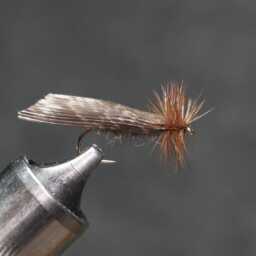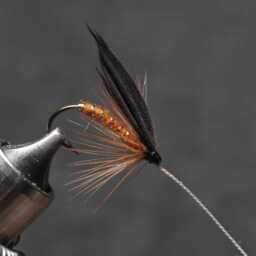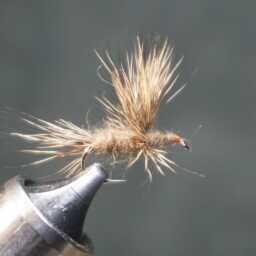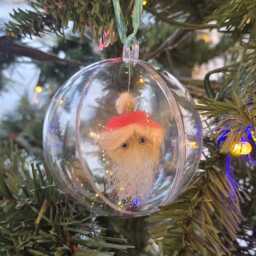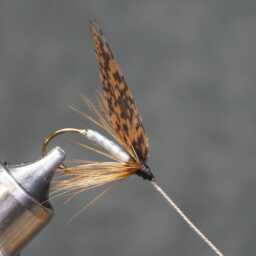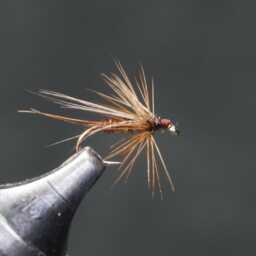This material is no longer available and was used for dubbing.
The Mangalitsa pig breed, originating from the Austro-Hungarian Empire in the 1830s, emerged through a cross of Sumadija pigs with Bakony and Szalonta breeds. Initially exclusive to Habsburg Royalty, its exceptional taste drove widespread popularity across Europe by the late 19th century. Known for its lard-rich quality, the name “Mangalica” reflects its abundance of fat.
Its distinct feature, a thick, curly coat, sets it apart from other breeds, reminiscent of the extinct Lincolnshire Curly Coat pig of England. Varieties like the blonde Mangalica evolved from Hungarian pigs, European wild boars, and Serbian breeds.
In Hungary, the Mangalica became a beloved “fat-type” hog due to its self-sufficiency, leading to the establishment of a society dedicated to its enhancement. Despite once being a dominant breed with 30,000 in Hungary during the 1940s, its numbers dwindled significantly due to changing food availability and refrigeration.
However, efforts like those by a Spanish company revived the Mangalica population. Presently, it’s a popular hobby in Hungary, with around 7,000 sows producing 60,000 piglets annually. Beyond Hungary, Mangalica pigs are found in various countries, including the United States, Austria, Germany, Serbia, and others.
In Serbia, Mangalica faced near-extinction in the 1980s but saw a resurgence in areas like the Zasavica wetlands, where they roam freely and have interbred with wild boars. They’re now considered the sole surviving native breed in Serbia.
Additionally, the Mangalitsa played a role in the creation of the Romanian Native or Bazna breed through cross-breeding with Berkshire stock in 1872. This crossbreeding continued the legacy of the Mangalitsa’s influence on other pig breeds.
« Back to Glossary Index
